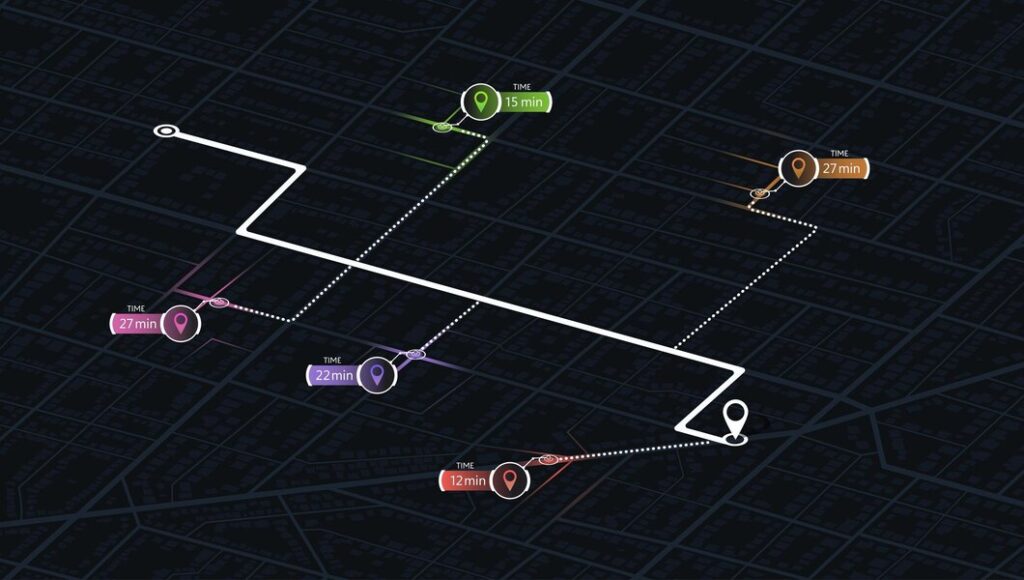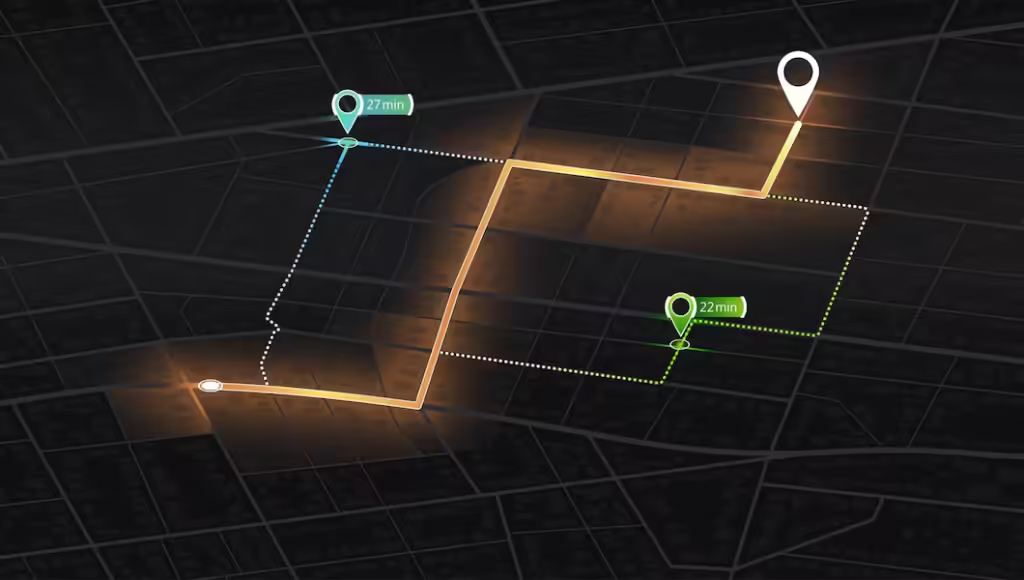Introduction
Power frameworks, similar to some other enormous scope foundation, require mind boggling administration and association to proficiently work. At the core of this intricacy lies information — heaps of it — ready to be carefully planned, dissected, and comprehended. Enter the “SL to PNode to Zone Mapping.xlsx,” a tool designed to simplify a complex process that can otherwise seem overwhelmingIn any case, can we just be real: without the right direction, this Succeed document can want to attempt to tackle a riddle with a portion of the pieces missing. All in all, how would you explore it?
What should you know before diving in?What’s more, above all, what might this device do for you smooth out your power network the executives undertakings? Indeed, you’ve come to the perfect locations!
What Exactly is SL to PNode to Zone Mapping.xlsx?
We should begin with the nuts and bolts. “SL to PNode to Zone Mapping.xlsx” is a Succeed document that guides Administration Areas (SL) to their relating Power Hubs (PNode) and zones. This mapping is crucial for power companies and grid operators, as it ensures that electricity is correctly routed and managed across different regions.
To put it in simpler terms, think of SLs as the individual homes or businesses that need electricity, PNodes as the substations that distribute power, and zones as the broader geographical areas they cover. The SL to PNode to Zone Mapping.xlsx essentially connects these dots, helping operators keep track of who gets power from where and how it’s managed across various zones.
Why is This Important?
We should begin with the nuts and bolts. “SL to PNode to Zone Mapping.xlsx” is a Succeed document that guides Administration Areas (SL) to their relating Power Hubs (PNode) and zones. And that’s where SL to PNode to Zone Mapping.xlsx comes in.It’s not only a bookkeeping sheet — an instrument guarantees your network runs like clockwork.
Breaking Down SL to PNode to Zone Mapping.xlsx

Exploring the SL to PNode to Zone Mapping.xlsx can want to swim through a wilderness of information, yet when you comprehend its design, it turns out to be considerably more reasonable. Beneath, we’ll separate it into absorbable segments.
Understanding the Structure
At first glance, SL to PNode to Zone Mapping.xlsx might seem overwhelming, with its columns filled with numbers, codes, and acronyms. But let’s break it down:
- Service Locations (SL): These are unique identifiers for each customer or facility within the grid. Each SL corresponds to a specific location that receives power.
- Power Nodes (PNode): PNodes are essentially the hubs within the power grid—substations or transformers that distribute electricity to various SLs within a zone.
- Zones: These are larger areas encompassing multiple PNodes and SLs. Zones are often defined by geographical or administrative boundaries.
Each row in the spreadsheet represents a specific SL, showing which PNode it’s connected to and which zone that PNode falls under.
How to Use the Data
Okay, since it has become so obvious what you’re seeing, we should discuss how to utilize this information in fact.
- Tracking Power Distribution: One of the essential purposes of this document is to follow the way that power is appropriated across various areas. By following the SLs to their respective PNodes and zones, you can get a clear picture of how electricity is being routed.
- Identifying Overloads: Another critical application is identifying potential overloads. If a particular PNode is connected to too many SLs, it could become a bottleneck, leading to power outages. The SL to PNode to Zone Mapping.xlsx helps you spot these issues before they become a problem.
- Planning Maintenance: Maintenance is a big part of power management, and this file is invaluable for planning it. By knowing which PNodes serve which zones and SLs, you can schedule maintenance with minimal disruption to service.
Tips for Optimizing SL to PNode to Zone Mapping.xlsx
Even with a basic understanding of the SL to PNode to Zone Mapping.xlsx, there are still ways to optimize your use of this tool. Here are some tips to make your life easier.
1. Customize Your Views
Succeed is an incredible asset with many elements intended to assist you with getting a handle on huge informational collections. One of these is the capacity to alter your perspectives.
- Filters: Use channels to rapidly find the data you want. For example, if you want to see all SLs connected to a particular PNode, apply a filter to that column.
- Conditional Formatting: Highlight cells based on specific conditions, like when a PNode serves more SLs than it should.This visual guide can assist you with spotting issues initially.
- Pivot Tables:On the off chance that you really want to sum up a lot of information, turn tables can be a lifeline. They allow you to quickly see, for example, how many SLs are in each zone or how power distribution is spread across PNodes.
2. Automate Where Possible
Who doesn’t cherish a touch of robotization? Succeed offers a scope of devices that can save you time via computerizing monotonous errands.
- Macros:In the event that you wind up playing out similar errands over and over, think about recording a full scale. This straightforward instrument permits you to mechanize a grouping of activities, such as arranging information or applying channels.
- Scripts: For more perplexing computerization, you can utilize VBA (Visual Essential for Applications) to compose custom contents. This requires a bit of programming information, yet it tends to be inconceivably strong on the off chance that you’re working with huge informational indexes.
3. Keep It Clean
A perfect, efficient bookkeeping sheet is simpler to work with and less inclined to mistakes. Here are some tips for keeping your SL to PNode to Zone Mapping.xlsx in top shape:
- Regularly Update Data:Obsolete information can prompt mistaken ends and unfortunate direction. Make sure to regularly update your SL to PNode to Zone Mapping.xlsx with the latest information.
- Remove Duplicates: Copy information can slant your investigation and lead to disarray. Utilize Succeed’s implicit apparatuses to distinguish and eliminate copies rapidly.
- Use Clear Labels:Ensure your section headers and different marks are clear and elucidating. This will make it simpler for any other individual who needs to work with the document to comprehend what they’re checking out.
Common Challenges and How to Overcome Them

Like any apparatus, SL to PNode to Zone Mapping.xlsx accompanies its own arrangement of difficulties. Here is a gander at a few normal issues clients face and how to handle them.
1. Data Overload
One of the greatest difficulties is essentially the sheer measure of information. With hundreds or even a huge number of SLs, PNodes, and zones, it’s not difficult to feel overpowered.
- Solution: Break the data down into smaller chunks. Use filters, pivot tables, and other Excel tools to focus on specific sections of the data at a time.
2. Errors in Data Entry
Another common issue is errors in data entry.A solitary grammatical error can prompt inaccurate planning, which can create a wide range of issues down the line.
- Solution: Double-check your data entry for accuracy. Consider using data validation rules in Excel to minimize the risk of errors.
3. Keeping the File Updated
Keeping your SL to PNode to Zone Mapping.xlsx up-to-date can be a challenge, especially in a dynamic environment where things change frequently.
- Solution: Set up a regular schedule for updating the file. Consider delegating this task to a team member or using automation tools to make the process easier.
Frequently Asked Questions (FAQs)
Q: How often should I update my SL to PNode to Zone Mapping.xlsx?
A: It relies upon the recurrence of changes in your organization. On the off chance that you’re in an exceptionally powerful climate, week by week or even day to day updates may be important. In more stable networks, monthly updates may suffice.
Q: Can I use SL to PNode to Zone Mapping.xlsx for predictive analysis?
A: Totally! By analyzing designs in your data, you can predict potential bottlenecks or over-troubles before they occur, allowing you to take a preventive action.
Q: What’s the best way to share this file with my team?
A: Succeed documents can be handily shared by means of email, distributed storage, or coordinated effort stages like Microsoft Groups. For huge documents, distributed storage is many times the most proficient choice.
Q: Are there any alternative tools to SL to PNode to Zone Mapping.xlsx?
A: While Excel is a versatile and widely-used tool, specialized power grid management software might offer more advanced features tailored to your needs. However, SL to PNode to Zone Mapping.xlsx remains a valuable resource for many operators due to its flexibility and ease of use.
Conclusion
In a world where power management is critical, having a reliable tool like SL to PNode to Zone Mapping.xlsx is invaluable. Whether you’re following power conveyance, recognizing likely over-burdens, or arranging upkeep, this Succeed document can assist you with smoothing out your tasks and guarantee your organization chugs along as expected. By figuring out its design, advancing its utilization, and beating normal difficulties, you can make the most out of this incredible asset. In this way, focus in, fire up Succeed, and begin planning your direction to a more proficient power framework!

